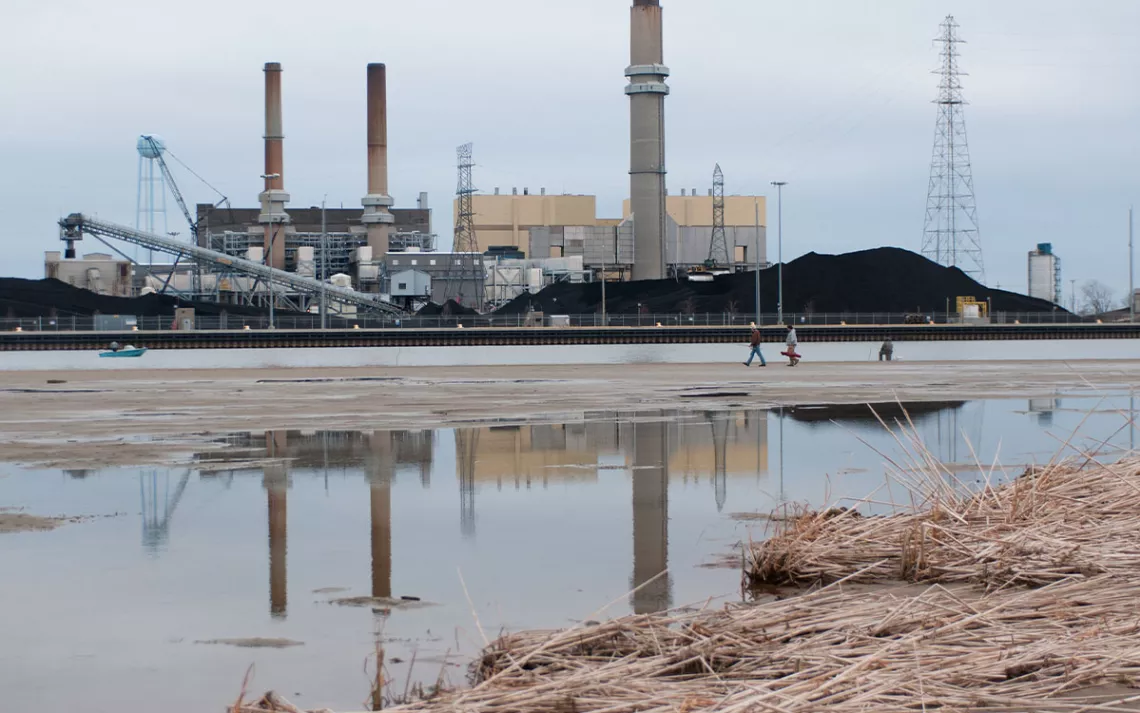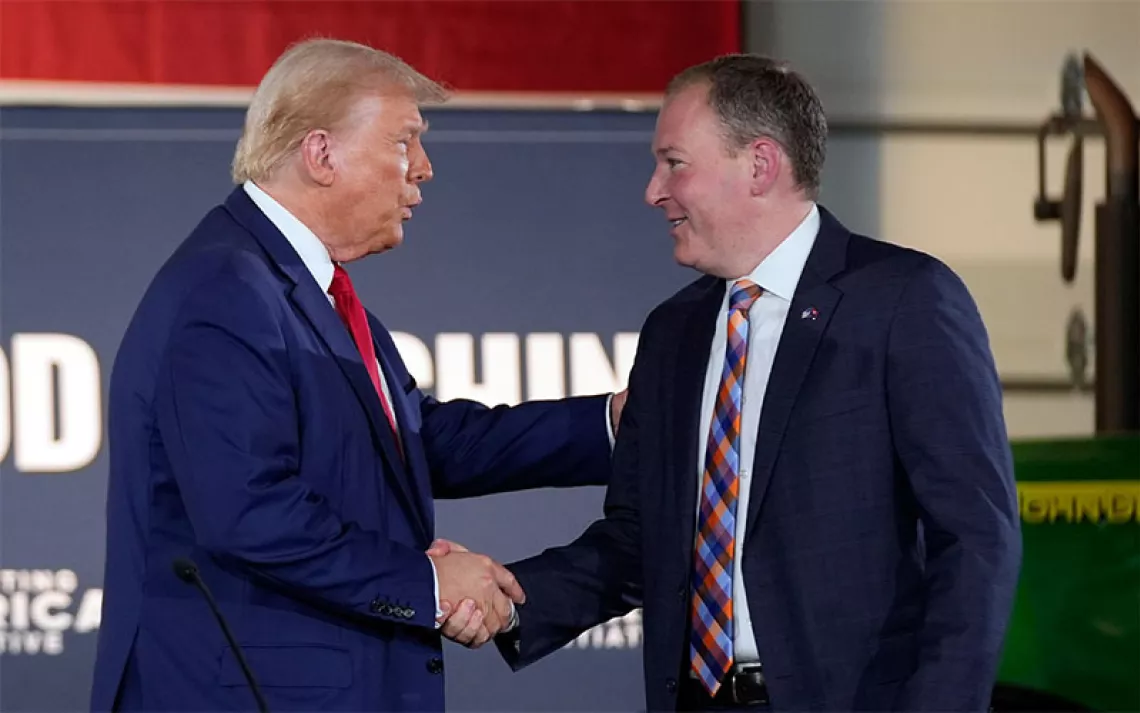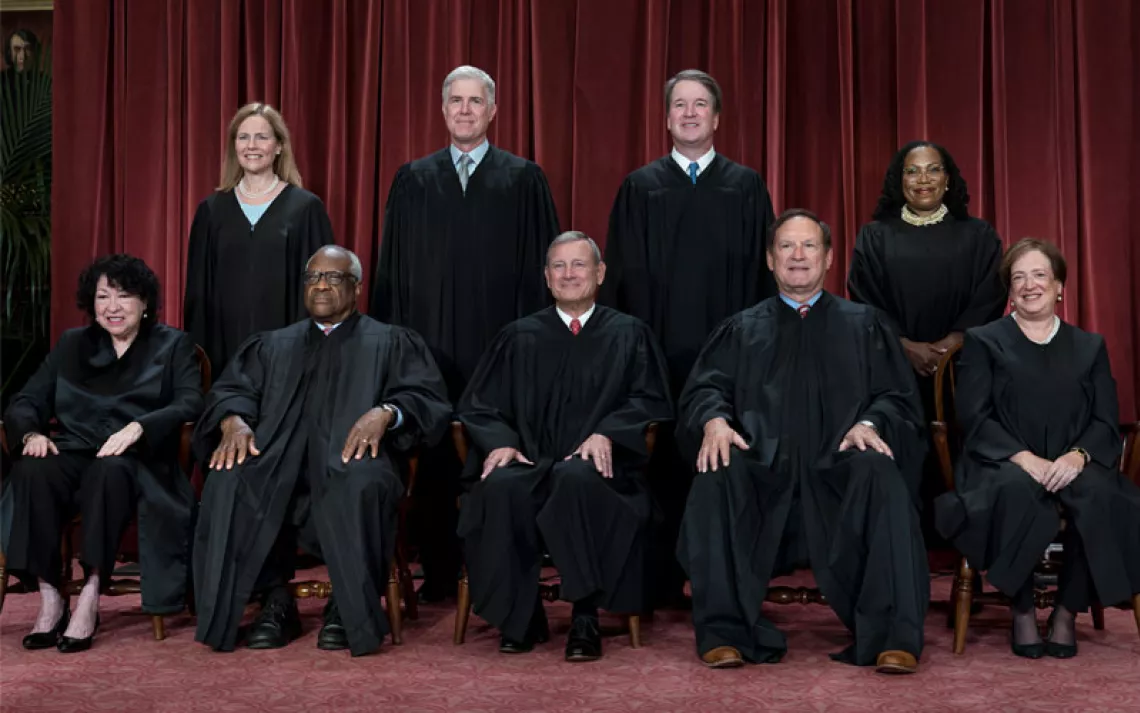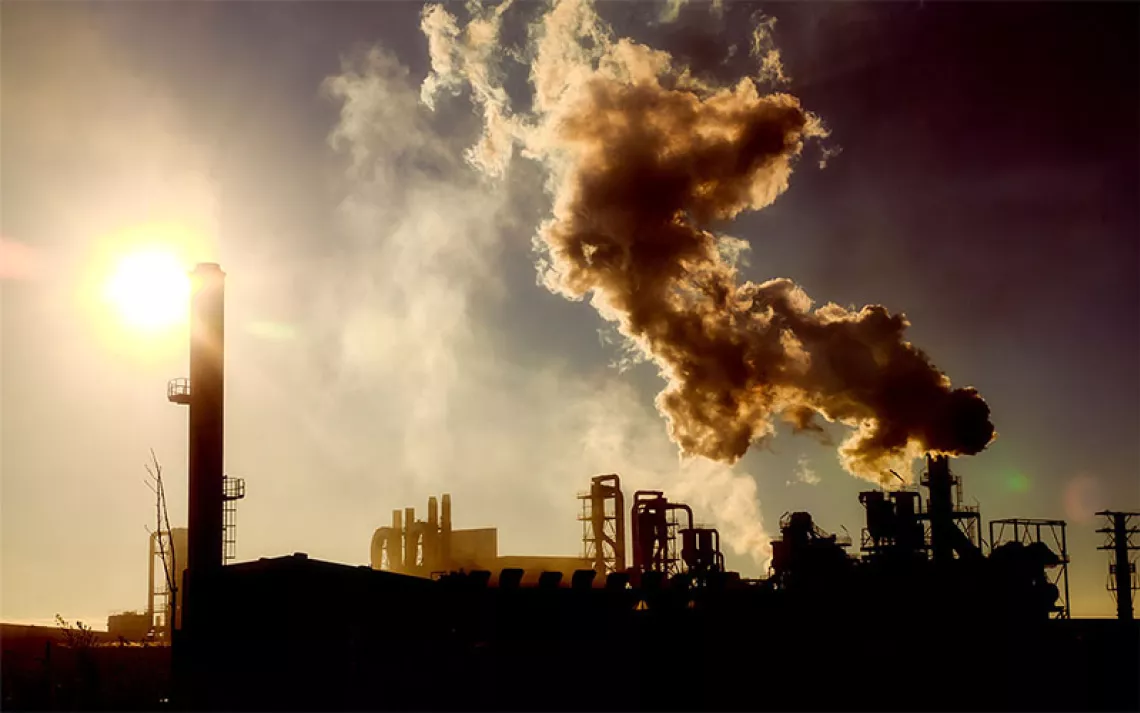Forcing Polluters to Clean Up Their Mess Means New Hope for Communities
The EPA will require power plants to deal with their toxic coal ash waste

Bangor Township, Michigan. | Photo by Yfat Yossifor/The Bay City Times via AP
Distributed by Trice Edney Newswire
In Waukegan, Illinois, about 40 miles north of Chicago, Dulce Ortiz is celebrating with her children.
Ortiz is a cofounder of the local environmental justice organization Clean Power Lake County. She has been organizing for years to get coal ash waste cleaned up from the site of the retired coal power plant in her town.
The historic suite of power plant pollution standards announced last week by the Environmental Protection Agency includes a rule that will finally force power plant owners to clean up their coal ash pollution.
This is good news for Ortiz’s family and countless others, including the 30 million people who get their drinking water from the Great Lakes. Coal ash contains toxic pollutants like mercury, arsenic, and cancer-causing polychlorinated biphenyls (PCBs) that leach into groundwater. And there are more than 100 coal ash waste sites along the shores of the Great Lakes. That includes legacy sites from retired plants like the one in Waukegan, which left two coal ash ponds and another coal ash deposit.
“My vision for my family and my community is a lakefront where I can take my children swimming in the waters of Lake Michigan without worrying about toxic pollution, where we can go fishing without worrying about mercury and PCB contamination of the fish we catch, where I can go running along the shores of Lake Michigan without worrying about air pollution triggering my asthma,” Ortiz says. “I want to see a clean energy future for Waukegan and all communities that have borne the burden of coal and industrial plant pollution for decades.”
Waukegan has borne a particularly heavy burden. The predominantly Black and brown residents share their town with five Superfund hazardous waste sites. That does not include the coal ash deposits.
Toxic waste from coal and industrial plants has been a plague for many American communities like Waukegan. One of my mentors, a legendary community organizer in Pittsburgh, once showed me an uncovered coal ash pit there. I asked him where all that waste went when there was a heavy rain. I still remember his response: “Nowhere good.”
In addition to addressing coal ash, the new EPA rules also include vital new standards for carbon and other toxic pollutants pumped into our air and water by coal- and gas-burning power plants. The impact of these rules in cutting carbon dioxide (CO2)—one of the top greenhouse gas pollutants—from power plants will be to accelerate the decline of carbon emissions and our transition to clean energy. And, of course, these pollution standards mark a tremendous stride for public health that will save lives and prevent chronic illnesses.
The rules will remove economic barriers for some of America’s communities that need it the most—in particular, the coal ash rule.
As Ortiz points out: “Allowing companies to pollute our communities without forcing them to clean up deters future investments in those same communities. We have aspirational plans in Waukegan for lakefront revitalization that have not been able to get off the ground due to the lingering contamination. This is devastating for communities like Waukegan that desperately need new investments and economic renewal.”
The new suite of EPA rules is a critical moment in the fight for a clean energy future and the result of years of advocacy. These commonsense safeguards mark the beginning of our next chapter in the fight to transition to a 100 percent clean energy economy. And, remarkably, they are the latest in a string of groundbreaking actions by the Biden-Harris administration announced throughout April, which was Earth Month. The Bureau of Land Management issued a new federal rule making conservation a priority on our majestic public lands. The Department of the Interior announced new protections for 13 million acres of land in the Western Arctic from oil drilling. That is just to name a couple. What a way to celebrate Earth Month!
Today, Dulce Ortiz’s vision for her family and her community is closer to reality because of the EPA’s new power sector rules. And that is a vision that so many of us share for our own families, our own kids, and our own communities. We all deserve a cleaner, healthier future. And the Biden–Harris administration just delivered in a way that is going to help get us there faster.
 The Magazine of The Sierra Club
The Magazine of The Sierra Club



